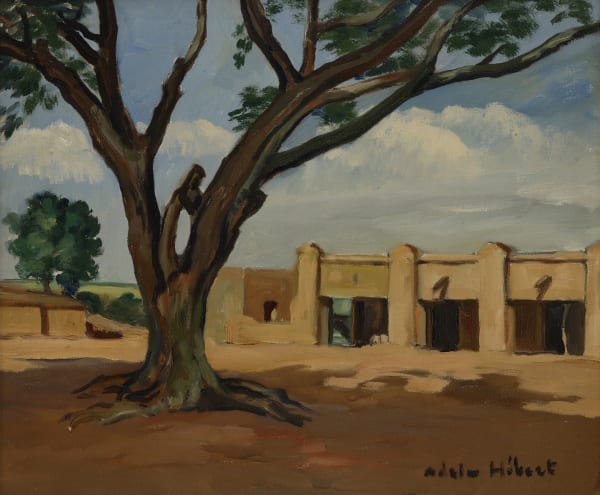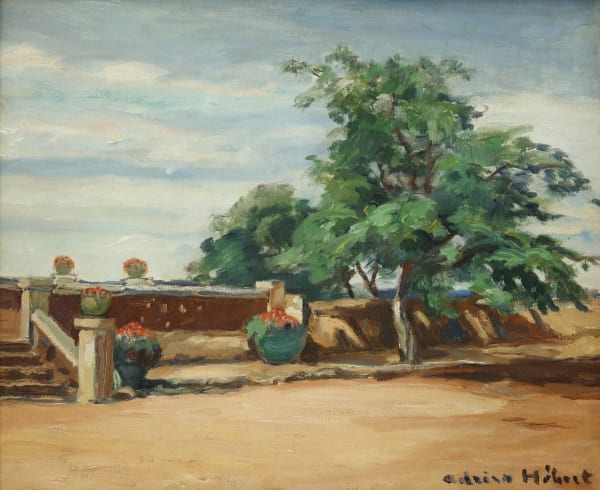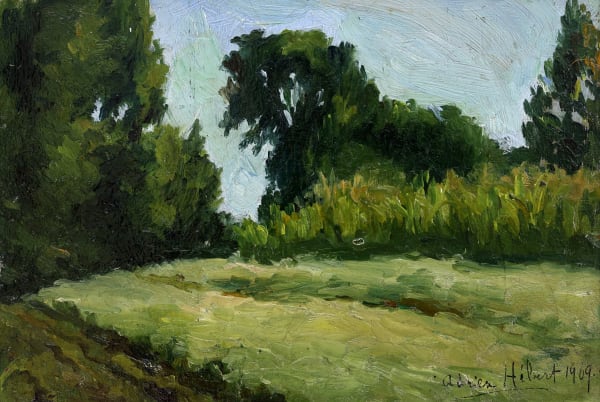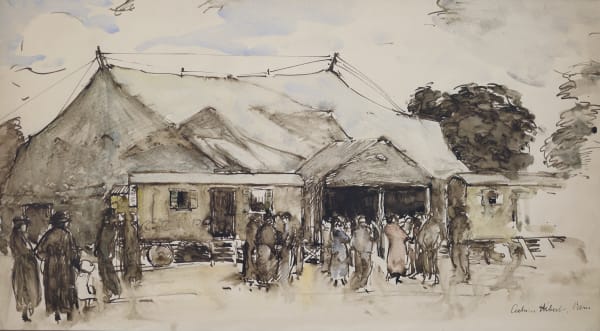Auction Record: $408,000 (2022)
Premium: Industry Scenes
Bargain: Foreign Locations
Adrien Hébert (April 12, 1890 – June 26, 1967), a distinguished painter born in Paris, established his artistic foundations in Canada after emigrating from France at the age of three. The son of renowned sculptor Louis Philippe Hébert, Adrien’s early life oscillated between Canada and France due to his father’s significant commissions, including sculptures for the Québec Parliament Buildings.
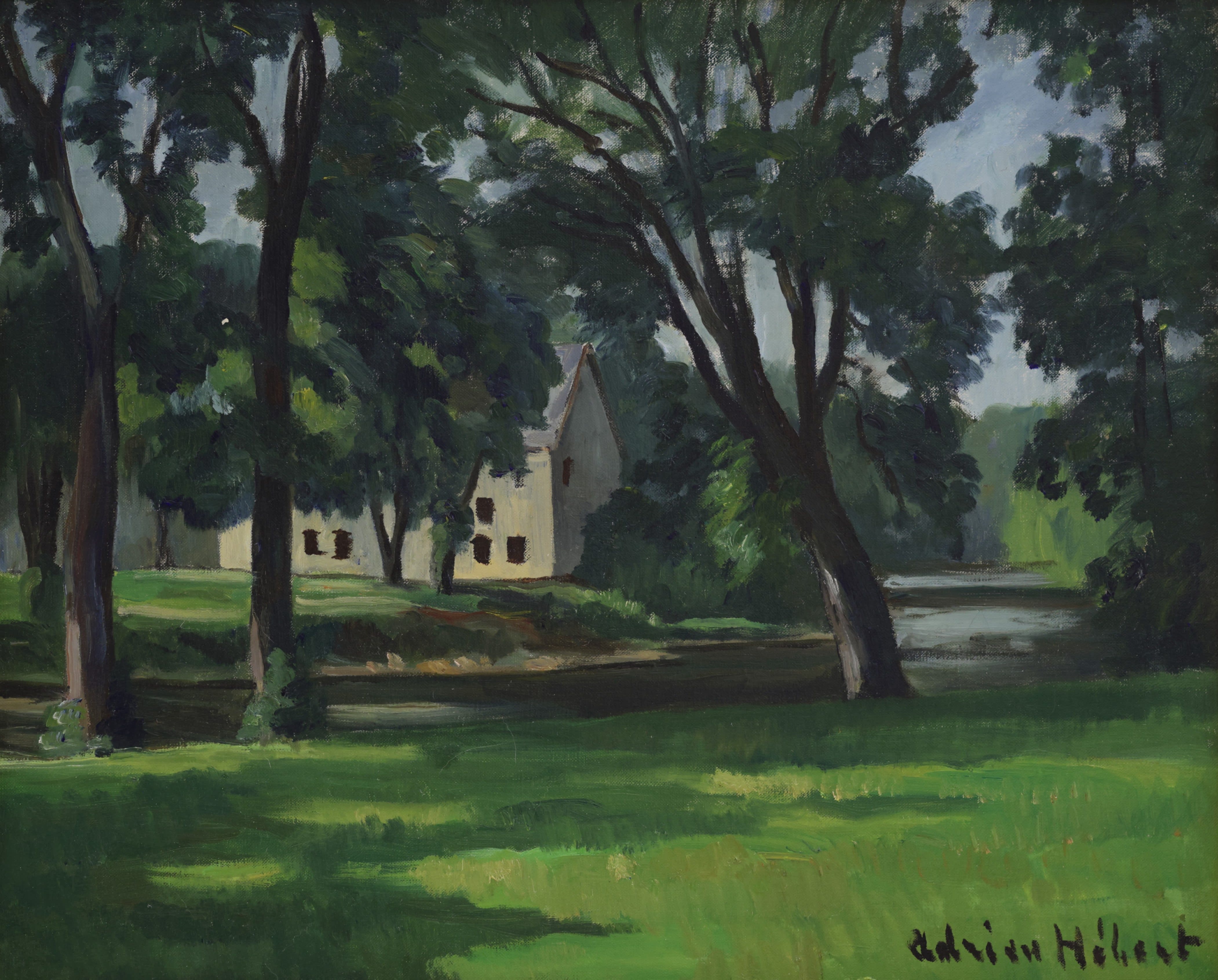
Adrien Hebert; Rivière du Nord
Education and Early Career
Hébert’s formal education in the arts began at Montréal’s Conseil des arts et manufactures, where he studied under influential teachers such as Edmond Dyonnet, Joseph-Charles Franchière, and Joseph Saint-Charles. He later advanced his training at the Art Association of Montréal (now the Montreal Museum of Fine Arts) under William Brymner. By 1909, his work debuted at the AAM’s Salon du printemps, marking the start of an enduring presence in the Canadian art scene. Hébert’s paintings were exhibited annually at the Royal Canadian Academy of Arts from 1910 to 1960.
In collaboration with his brother Henri, Adrien contributed to the avant-garde review Le Nigog in 1918, advocating for modern art in Québec. These early ventures demonstrated his commitment to evolving Québec’s artistic landscape.
Artistic Development
A pivotal moment in Hébert’s career came during his 1922–23 sojourn in France, where the influence of Cézanne shaped his portrayals of Ardèche landscapes and Parisian life. Upon his return to Montréal, Hébert found inspiration in the city’s bustling port. His urban landscapes captured the vitality of Montréal’s streets and harbour, with subjects ranging from grain silos to dockworkers and trams navigating rain-slicked streets.
 Adrien Hebert; Rooftops
Adrien Hebert; Rooftops
Recognition and Exhibitions
In 1931, the city of Montréal commissioned Hébert to create a historical piece depicting Jacques Cartier’s arrival at Hochelaga. That same year, he exhibited twenty canvases at Galerie A. Barreiro in Paris, solidifying his international reputation. Hébert received the Jessie Dow Prize three times and was elected to the Royal Canadian Academy of Arts in 1941. His works were featured in numerous exhibitions, including a joint exhibition with R.W. Pilot at the Montreal Museum of Fine Arts in 1949.
Teaching and Later Life
For 35 years, Hébert taught drawing for the Catholic School Board of Montréal, shaping generations of aspiring artists. Following his brother’s death in 1950, he inherited Henri’s studio and continued to explore new subjects, including painting expeditions to Chicoutimi and international travels to Africa and France in the 1950s. These journeys inspired exhibitions showcasing diverse themes and locales.
Hébert’s works often reflected his identity as an urban painter. Despite occasional forays into rural landscapes and international subjects, Montréal remained central to his artistic vision. His depictions of the city’s vibrancy earned widespread acclaim.
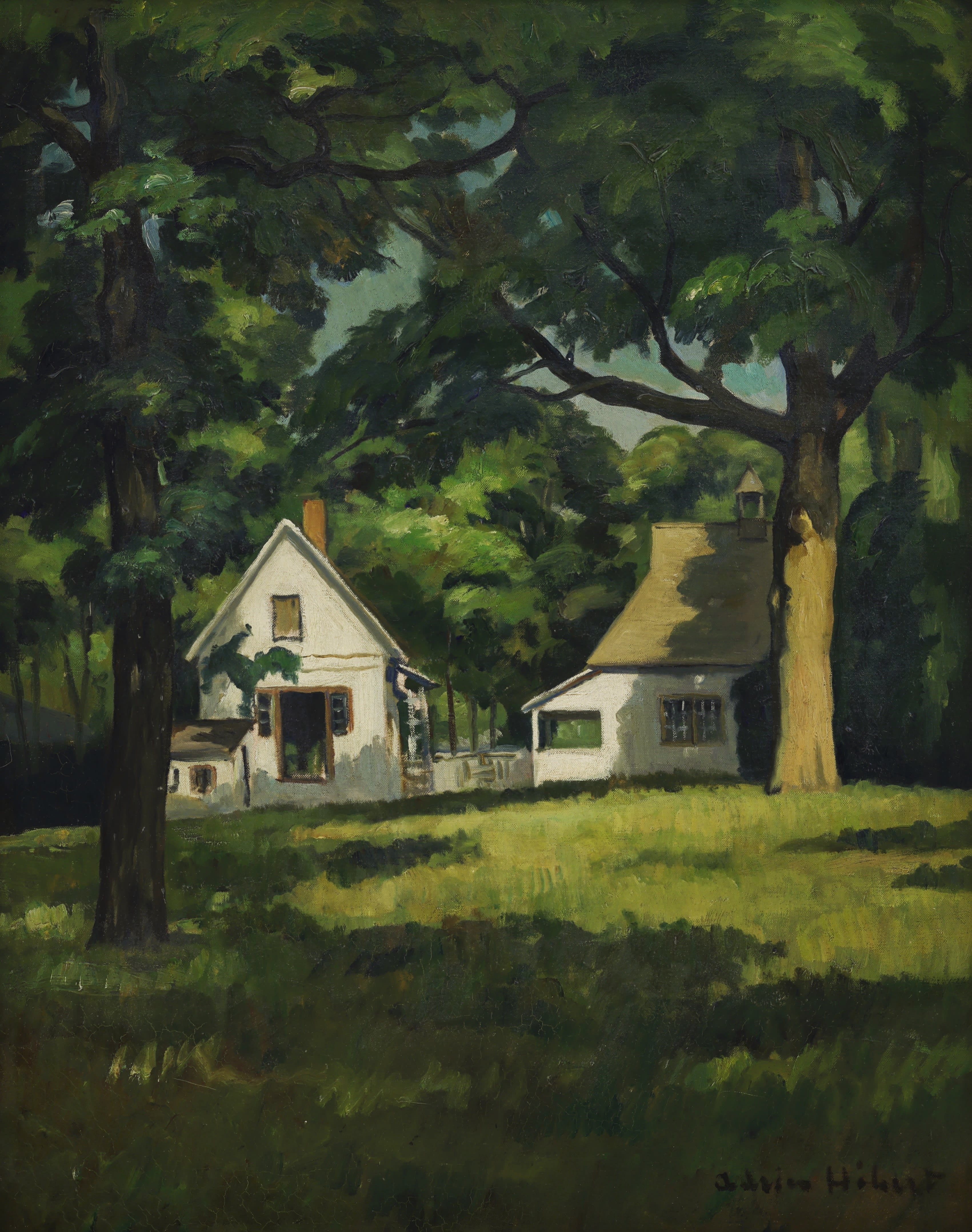
Adrien Hebert; Where the Light Lingers
Legacy
Adrien Hébert passed away in Montréal on June 26, 1967. His work was celebrated posthumously, with the National Gallery of Canada organizing a touring exhibition in 1971. The Musée du Québec further honoured him in 1993 with a retrospective exhibition. Notably, one month after his death, Montréal Mayor Jean Drapeau presented a Hébert painting of the Port of Montréal to General Charles de Gaulle during his visit to Expo 67.
Hébert’s legacy endures through his vivid urban landscapes, which continue to define him as one of Canada’s preeminent interpreters of modernity. His works remain a testament to the vitality of Canadian art and the transformative power of city life on artistic expression.


